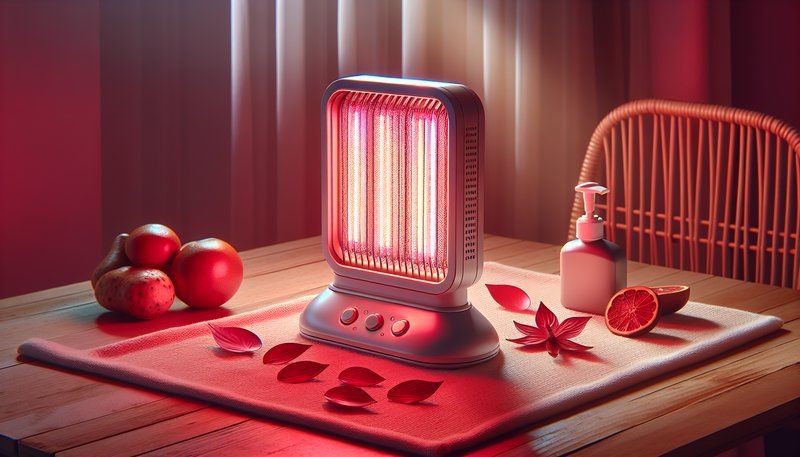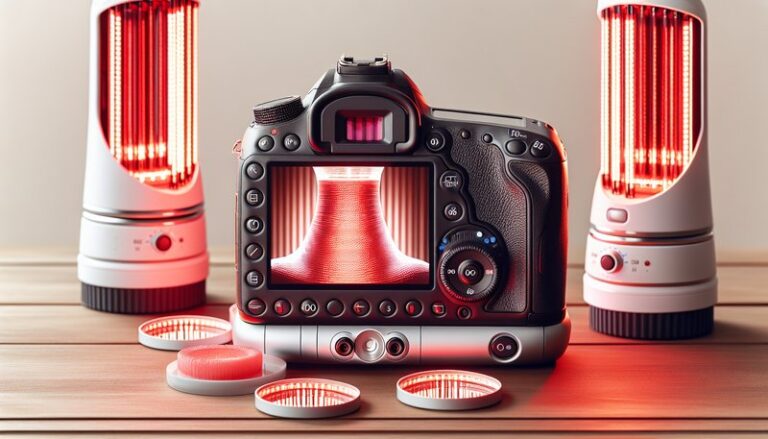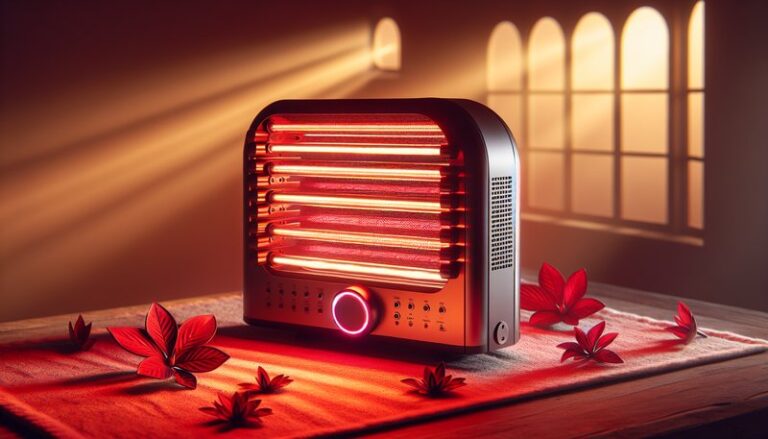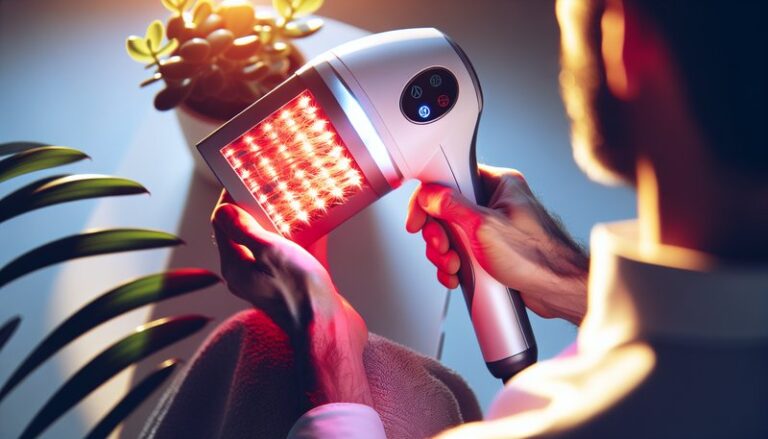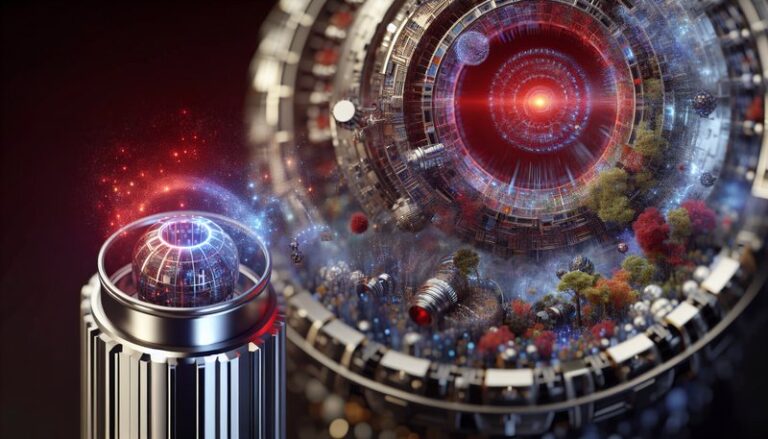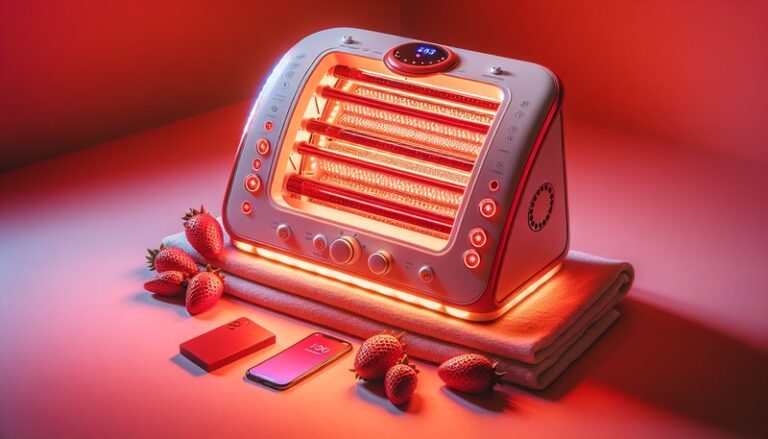Can Red Light Therapy Burn Skin?
Is red light therapy safe, or could it potentially damage your skin?
Red light therapy (RLT) has garnered attention for its many benefits, including skin rejuvenation and pain relief. However, concerns regarding its safety and the possibility of skin burns have also emerged. In this article, we’ll explore what red light therapy is, its benefits, whether it can burn the skin, and what precautions to take to ensure safe usage.
Key Takeaways
- Red light therapy is generally safe when used correctly and is not known to cause burns.
- Understanding the limits of exposure and device settings is crucial for safe use.
- Alternatives are available if red light therapy does not seem suitable for your needs.
What is Red Light Therapy?
Red light therapy is a non-invasive treatment that uses specific wavelengths of red light to promote healing, reduce inflammation, and improve skin health among other benefits. It works by penetrating the skin and stimulating cellular processes such as tissue repair and regeneration.
Red light therapy products vary in form; they can include handheld devices, panels, or full-body beds. Depending on the device and conditions used, the wavelength typically falls between 600 to 1,100 nanometers, corresponding to visible to near-infrared light.
What are the Benefits of Red Light Therapy?
Understanding the various benefits can help validate the use of red light therapy in different settings.
Skin Rejuvenation
Red light therapy promotes collagen production, which can reduce the appearance of fine lines and wrinkles. Studies have shown that regular use can lead to improved skin tone, elasticity, and overall texture.
Wound Healing
Research indicates that red light therapy can accelerate the healing process for wounds and injuries by enhancing tissue repair and reducing inflammation. This makes it a popular choice in medical and clinical settings.
Pain Relief
RLT is also used for pain management, particularly in conditions like arthritis and muscle soreness. The therapy can reduce inflammation, improving comfort and mobility.
Potential for Mood Improvement
Emerging studies suggest that red light therapy may play a role in enhancing mood and combating seasonal affective disorder (SAD) by influencing melatonin production and circadian rhythms.
Is it Possible for Red Light Therapy to Burn Skin?
Typically, red light therapy does not burn the skin. Unlike laser therapies that emit concentrated beams of light, red light devices project a diffuse light that penetrates without causing thermal damage. Nevertheless, there are some considerations to keep in mind regarding its use.
What are the Advantages of Red Light Therapy?
RLT’s non-invasive nature is a significant advantage. It provides therapeutic benefits without the need for surgery or harsh chemicals.
What are the Disadvantages of Red Light Therapy?
Although RLT is generally safe, improper use (such as using devices with inadequate safety measures or excessive exposure) can lead to minor skin irritation or discomfort.
What are the Things to Consider Before Using Red Light Therapy?
When considering red light therapy, several factors should be assessed to ensure safe and effective treatment.
Device Quality
Choose a high-quality device from a reputable manufacturer. Lower quality devices might lack appropriate wavelength delivery and safety features.
Duration and Frequency
Follow manufacturer guidelines for duration and frequency. Overexposure can lead to skin irritation, although burns are unlikely.
Skin Type and Condition
Individuals with specific skin conditions or sensitivities should consult a healthcare professional before starting red light therapy to ensure it’s suitable for them.
Consultation with a Professional
It’s advisable to consult with healthcare providers or specialists in RLT to tailor the therapy to individual needs and conditions.
What are the Alternatives to Red Light Therapy?
For those considering alternatives to red light therapy, several options exist.
LED Light Therapy
Similar to RLT, LED light therapy can target various skin issues using different wavelengths that serve distinct purposes, like acne reduction or collagen stimulation.
Laser Treatments
Laser treatments are more intensive and can treat specific skin conditions, but they may carry a higher risk of side effects.
Microdermabrasion
This technique involves exfoliating the skin to remove dead skin cells and improve texture, providing an alternative method for rejuvenation.
Chemical Peels
Chemical peels use acids to exfoliate the skin and can address uneven pigmentation and fine lines, offering another avenue for skin improvement.
Conclusion: Is it Recommended to Use Red Light Therapy?
Overall, red light therapy is a valuable treatment option with numerous benefits when used appropriately. While it poses little risk of causing burns, proper usage, quality devices, and professional guidance are essential to maximize safety and effectiveness.
Frequently Asked Questions
Can anyone use red light therapy?
While RLT is generally safe, individuals with certain medical conditions or sensitivities should consult a healthcare professional before use to ensure it’s appropriate.
How often can I use red light therapy?
Typically, users can safely engage in therapy sessions several times a week, but specific recommendations may vary based on individual needs.
Is there any downtime with red light therapy?
No, one of the key advantages of red light therapy is that it usually requires no downtime, allowing individuals to resume their normal activities immediately after treatment.
Find all the details in Red Light Therapy for Keratosis Pilaris?
What should I expect during my first red light therapy session?
Most users experience a soothing sensation; the sessions usually last from 10 to 20 minutes depending on the device and treatment area.
Learn the details in Benefits of Red Light Therapy
Can red light therapy help with hair loss?
Some studies suggest that red light therapy may stimulate hair follicles and improve hair growth, particularly for individuals with androgenetic alopecia.
